Muhammad Abduh (abduh@reksolindo.co.id)
Facility management nowadays utilize these two regimes of asset management as toolbox for company maintenance program. Many still have a mixed understanding between the term of integrity and reliability, such as material reliability, structural integrity, equipment reliability, asset integrity, etc. This writing tries to study the difference and similarities of the two approach.
Integrity Engineering Case
Definition: the ability of materials, equipments, and structures to withstand applied load against the defect from manufacturing, fabrication, and construction or damage caused by its performance or because the interaction with environment.
Failure Definition: a condition when a material yielding or its thermodynamical state is altered that cannot withstand service load e.g. stress static or cyclic, high temperature, low temperature, and environment hostility.
Measurement : remaining life, remaining strength, fatigue strength, maximum allowable operating pressure, and specified minimum yield strength
Applicability : static mechanical equipments (piping system, pipeline, heat exchanger, boiler, pressure vessel, valves, pump casing, compressor casing, storage tank), structural systems
Actvity Involved : Material Selection, Welding, Comissioning, Corrosion Protection System, Operation and Maintenance, Inspection (non destructive or destructive), and Defect Assessment
Codes and Guidelines: API 580, API 581, DNV G-101, SINTAP, BS-7910, DNV F-101, API 579, R6, R5, ASME B31.G, RSTRENG, and Pipeline Defect Assessment Manual.
Reliability Engineering Case
Definition: Probability of equipments, machineries, or systems will perform their required functions satisfactorily under specific condition within a certain time period or the duration of probability of failure-free performance under the stated conditions.
Failure Definition : A condition of inability of any asset to do what its users want it to do or the probability of an item operating for a given of time without failure. Functional failure is defined as the inability of any asset to fullfill a function to a standard performance which is acceptable to the user. Then failure mode is defined as any event which cause functional failure.
Measurement : Mean time to failure, mean time between failure, Weibull Analysis, and failure rate, P-F Interval
Applicability : Traditionally but not exclusively applied to rotating machineries (compressors, turbines, valve and pumps, gears) mechanical cross-functional systems static or rotating equipments,
Activity Involved : Condition Monitoring, Maintenance, Vibration Analysis, Failure Mode Effect Analysis, Dynamic Monitoring, Inspection, Root Cause Analysis, and Consequence Analysis.
Codes and Guidelenes: SAE JA-1011 Evaluation Criteria for Reliability Centered Maintenance
RBI or RCM ?
Risk based inspection (RBI) as a product of integrity engineering approach applied for static or stationary mechanical equipment, and reliability centered maintenance (RCM) as a product of reliability engineering applied for rotating machineries or mechanical functional systems. Both have same methodologies for risk assessment as risk defined as the function of failure likelihood and failure consequence. Since both method defined failure as contributing event, there should be similar approach to develop the defined level of performance, e.g material selection, material assessment, corrosion, fatigue, creep, etc. And as facility management must be an integrated approach, these two method of facility asssesment must be combined and the complete information of facility condition can be achieved.
Reference:



 Posted by Muhammad Abduh
Posted by Muhammad Abduh 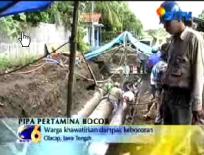
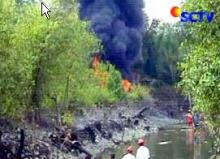
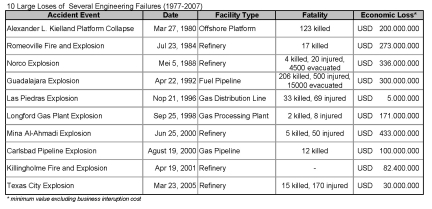
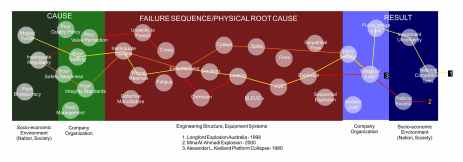

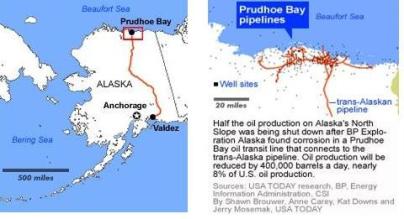


 Stumble It!
Stumble It!
You must be logged in to post a comment.